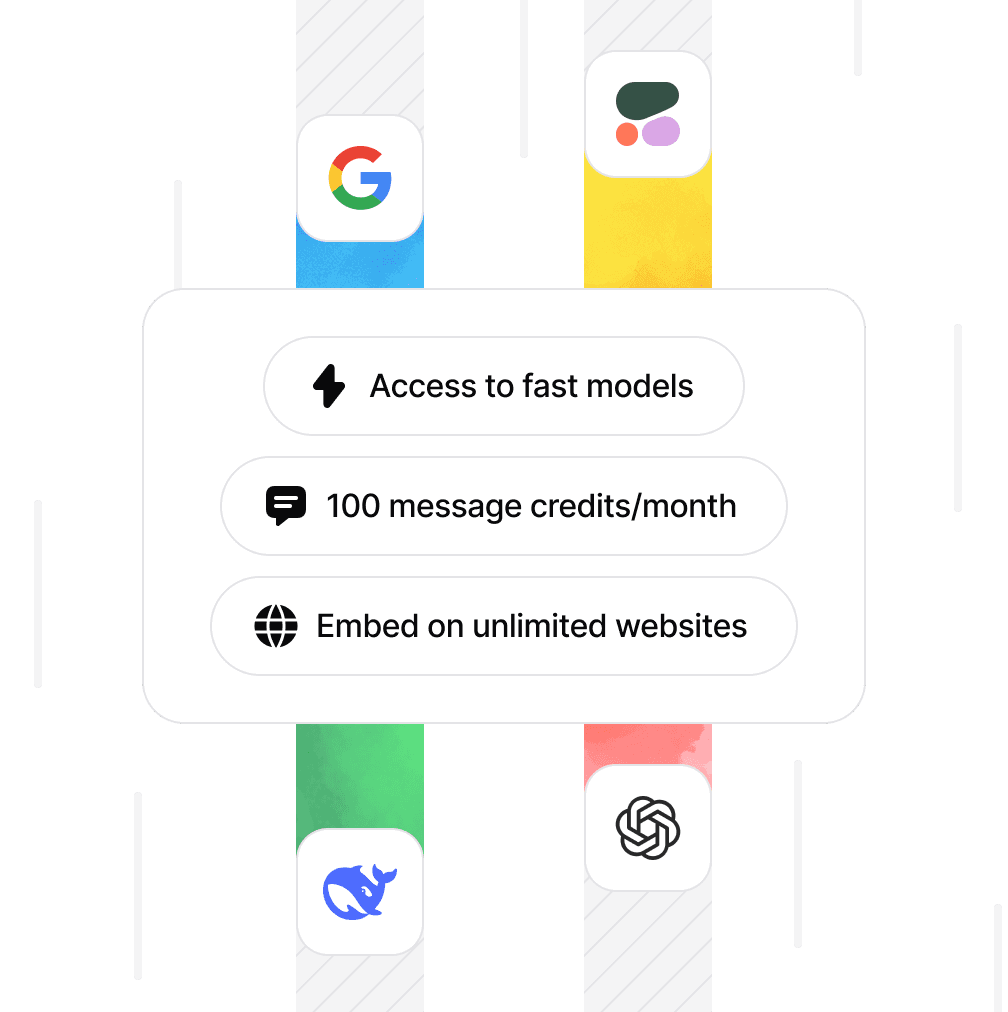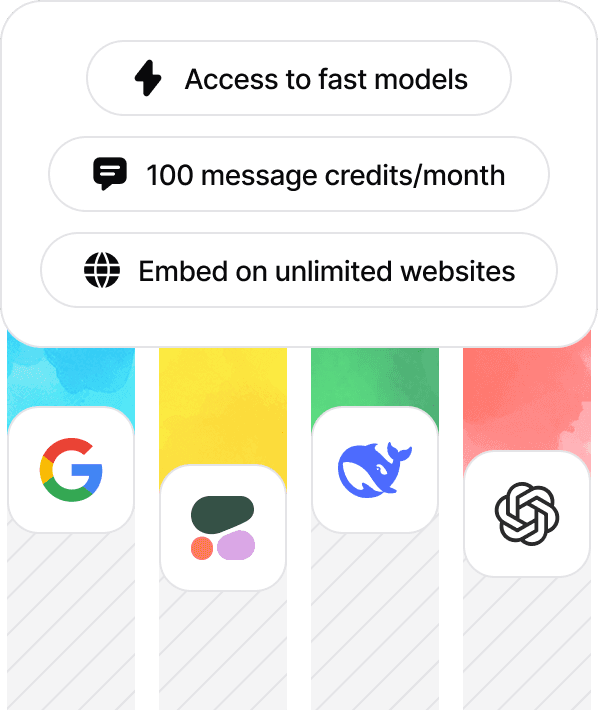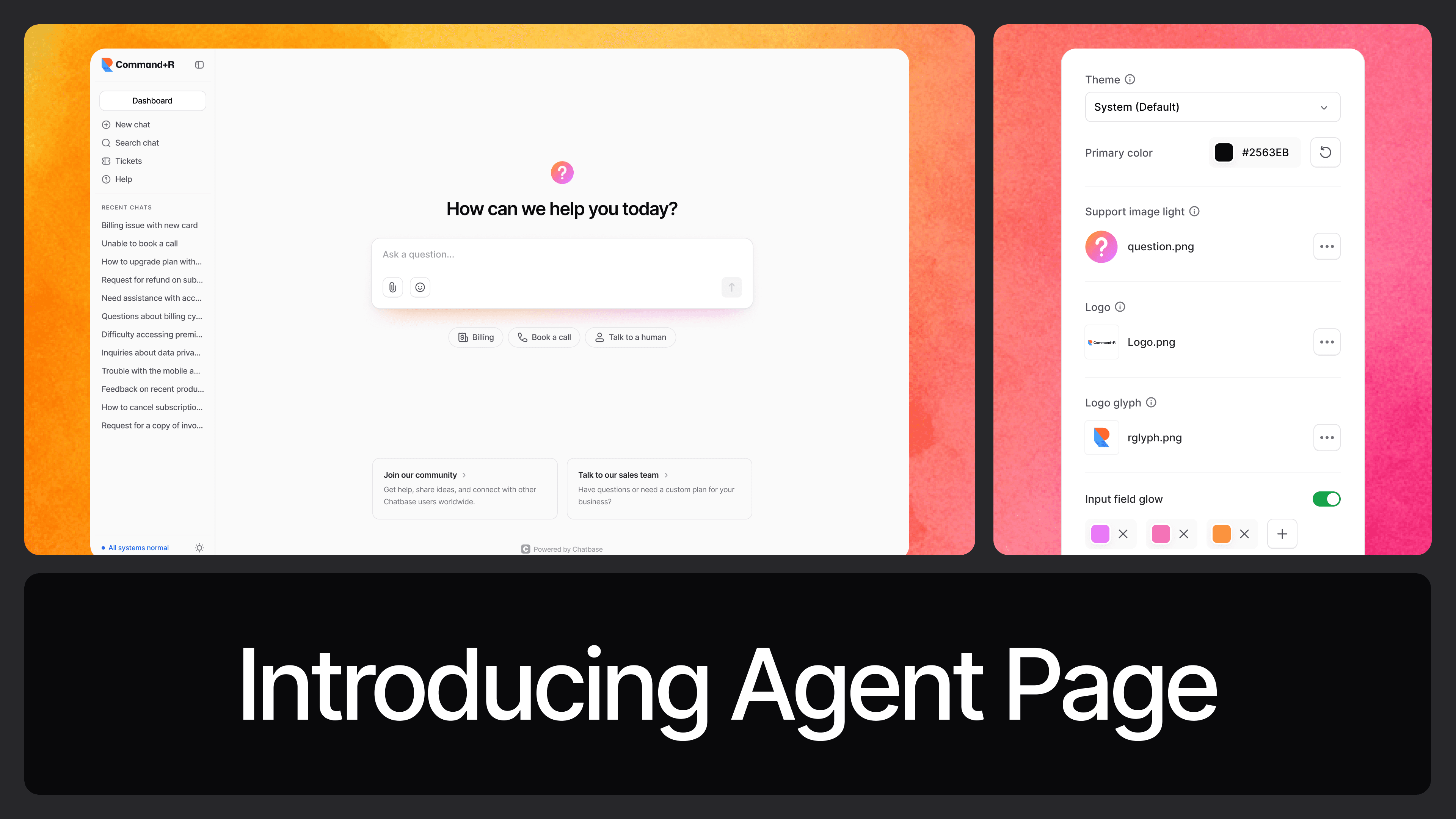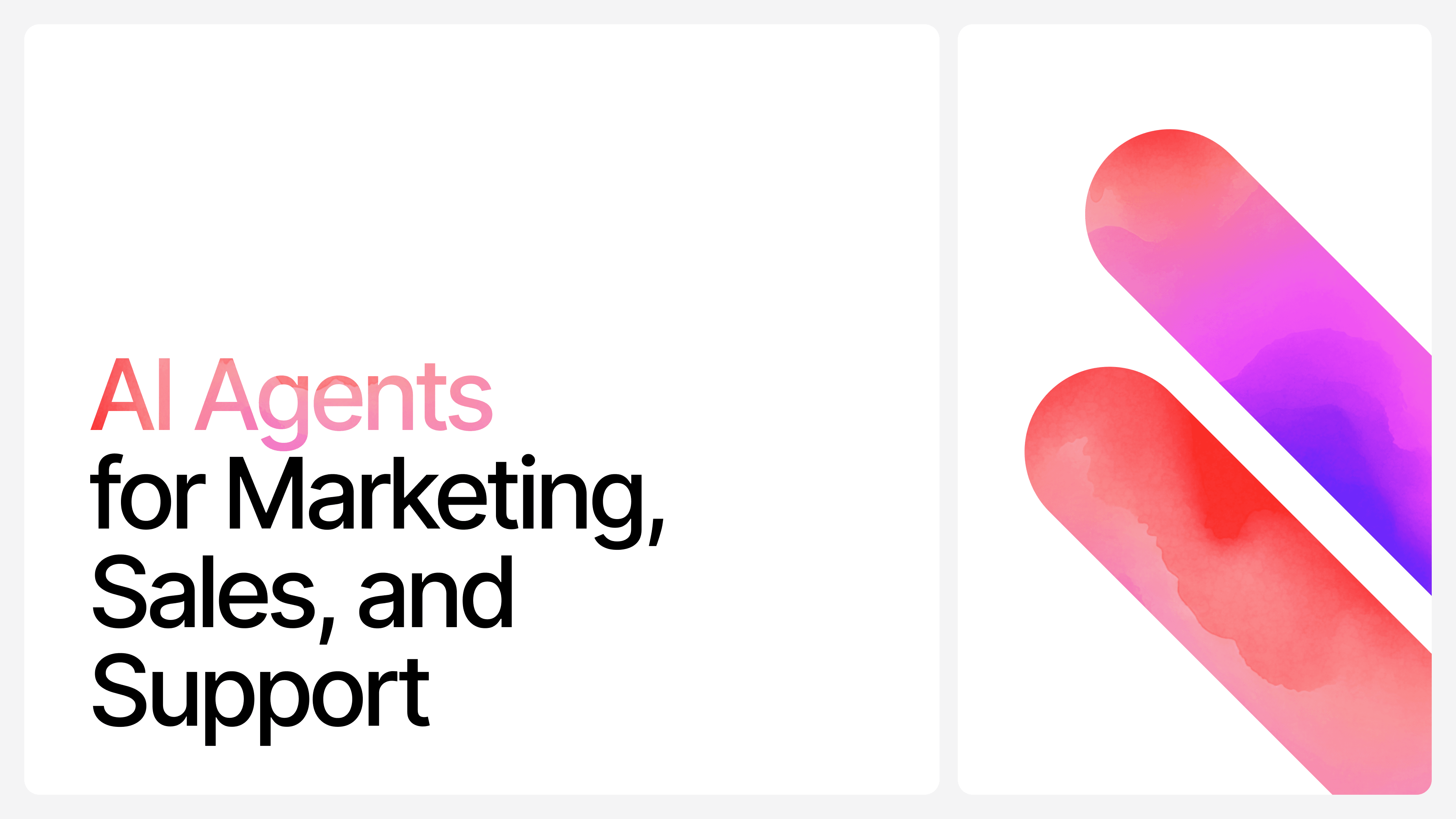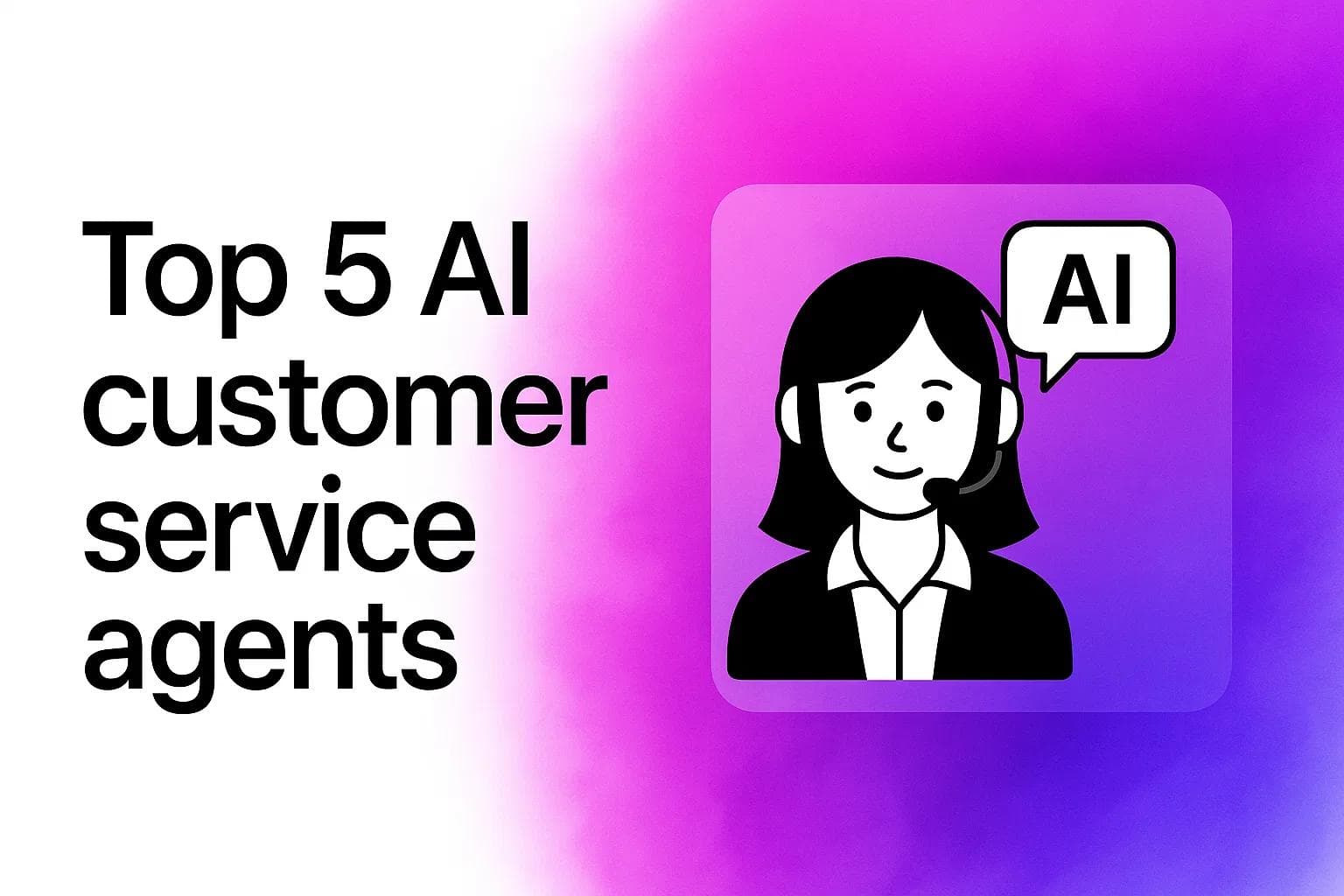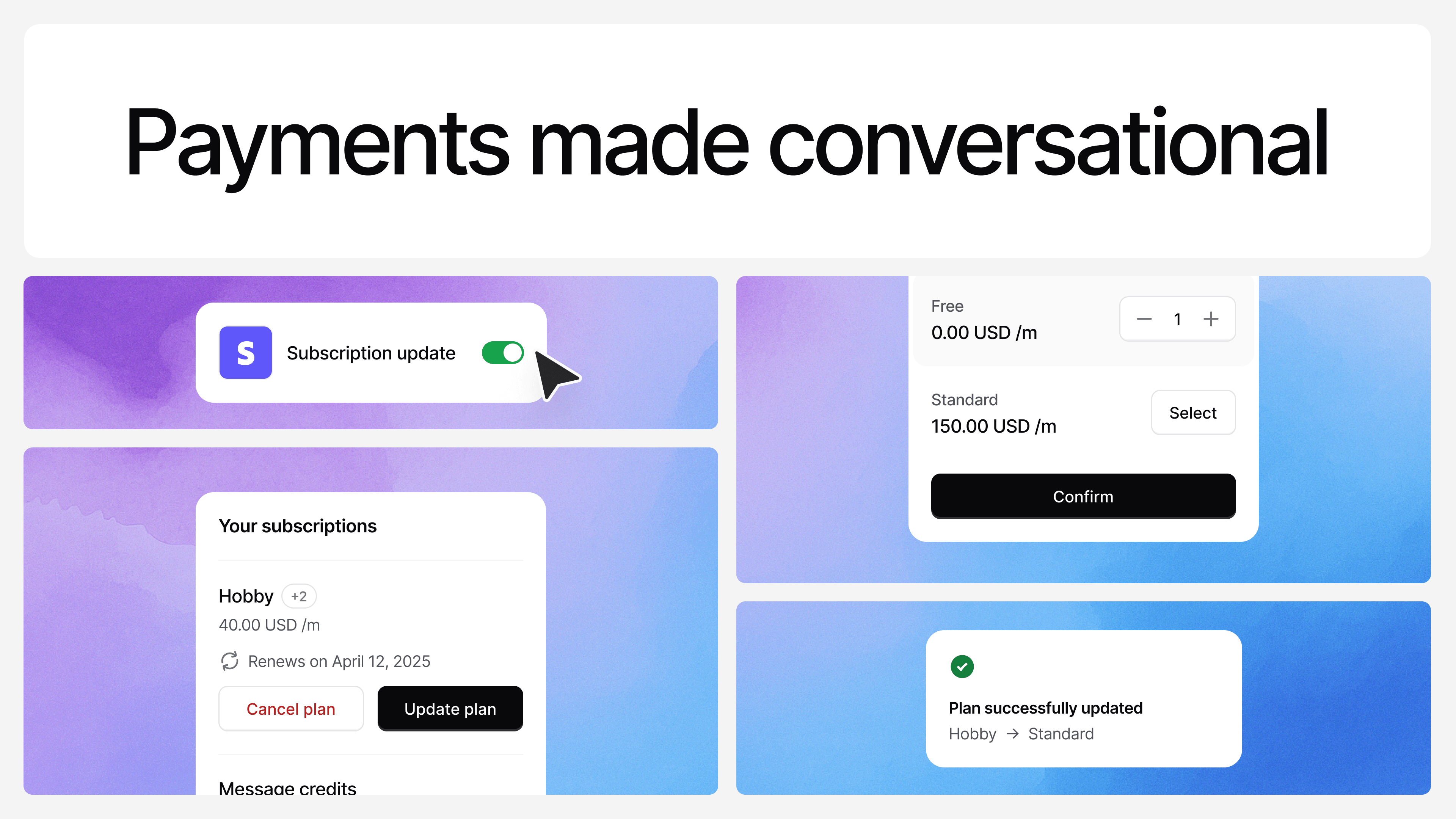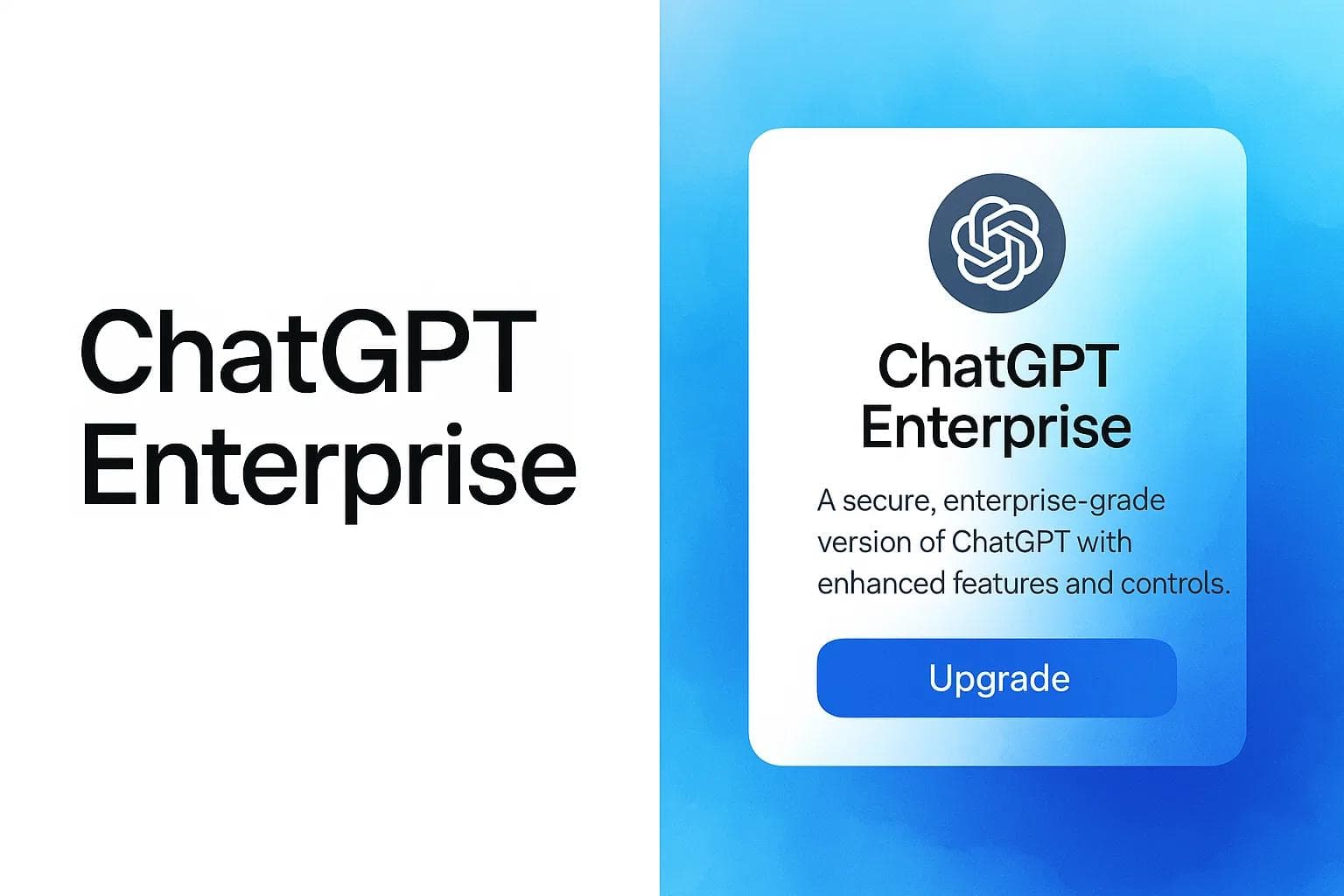AI for Restaurants: Examples of How Restaurants Are Using AI
Max T
Jul 24, 2025
7 min read
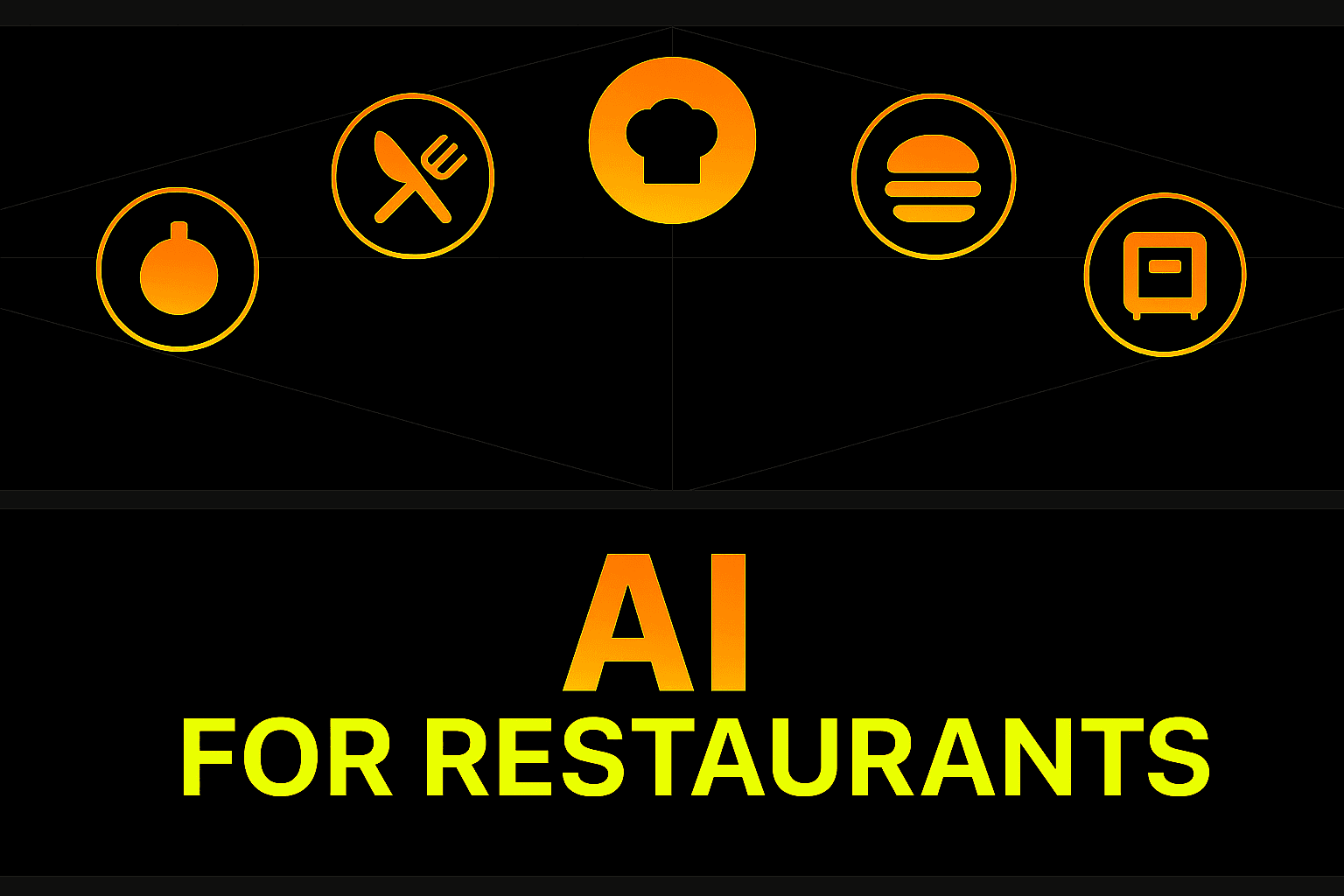
When you hear AI for restaurants, your mind might go straight to robots taking orders, drones making deliveries, or smart kitchens cooking meals on their own.
That’s cool tech. But it’s not what most restaurants need right now.
Especially not small or medium-sized restaurants that are just trying to serve good food, manage costs, and keep customers coming back.
The good news? You don’t need futuristic gadgets to make AI work for your restaurant.
AI is quietly working its way into thousands of traditional businesses. Restaurants are part of that shift.
And it’s not just hype. It’s actually helping.
From cutting down food waste to speeding up reservations, there are practical, easy-to-implement ways to bring AI into your restaurant. You don’t need to overhaul your entire setup.
This post is all about that.
1. Automated Reservation Management
Handling reservations might seem simple until Friday night rolls in.
AI can help automate and streamline the entire process.
With tools like AI-powered booking assistants, your restaurant can handle reservations 24/7 without tying up your staff. These systems can take bookings through your website, Google, or even messaging platforms like WhatsApp.
They can also manage waitlists, send reminders to guests, and adjust availability in real-time based on your capacity and hours.
No double bookings. No missed calls. No confusion.
2. Smart Menu Personalization
Ever wish you could read your customers’ minds? AI gets you close.
With the help of data from previous orders, time of day, or even weather conditions, AI can suggest menu items tailored to individual preferences.
Some restaurants use AI to power dynamic menus on digital kiosks or apps. These menus highlight what a specific customer might like, based on what similar customers tend to order.
It’s subtle, but it works.
Customers feel like the menu “gets” them. And you get more upsells, faster decisions, and happier diners.
3. AI-Powered Customer Support
Not every question needs a human.
“What time do you open?” “Is parking available?” “Can I get gluten-free options?”
AI chatbots can handle these routine questions instantly. You can set them up on your website, social media, or even SMS.
They are available 24/7. They do not forget details. They also help your staff stay focused on actual service work instead of answering repetitive questions.
More advanced bots can even help customers place orders, modify reservations, or leave feedback.
It feels like adding an extra front-of-house team member. But without the cost of hiring one.
4. Inventory and Waste Reduction
Food waste eats into your profits. Literally.
AI tools can help track inventory levels, predict usage, and suggest how much to order based on past data and seasonal trends.
Instead of guessing how much salmon you’ll need next week, the system gives you a data-backed forecast. It also alerts you when items are about to expire or when stock is unusually low.
Some platforms even connect directly to your suppliers. That means you can reorder with one click.
You waste less. You save more. Your margins get better.
5. Smarter Marketing with AI
Blanket promotions don’t always work. What gets one customer excited might annoy another.
AI helps you get more targeted.
By analyzing customer data such as order history, visit frequency, and preferences, AI tools can segment your audience and tailor promotions to each group.
Someone who always orders vegetarian meals? They can get a special plant-based menu deal. A regular who dines in every Friday? Send them a loyalty perk before the weekend.
You’re not just marketing more. You’re marketing smarter.
And customers notice.
6. Voice AI for Faster Ordering
Kiosks and apps are great, but sometimes, people just want to talk.
With voice AI, customers can place orders by speaking — either at a drive-thru, a self-service kiosk, or even over the phone.
These systems can understand natural speech, confirm orders, and even upsell items based on what the customer is asking for.
It speeds up the process. It reduces mistakes. And it frees up your team to focus on preparing the food, not taking the order.
Plus, it adds a modern touch that feels smooth and efficient.
7. AI for Staff Scheduling
Staffing can make or break a shift.
Too few hands and things fall apart. Too many and you’re burning cash.
AI scheduling tools use your historical data, sales patterns, and even weather forecasts to predict busy periods. Then they suggest the best schedule to meet demand without overstaffing.
No more guesswork. No more last-minute panic.
Just the right number of people, at the right time.
8. Sentiment Analysis from Reviews
Reviews are gold. But who has time to read every single one?
AI can scan your online reviews and pick up on common themes — both the good and the not-so-good.
Maybe customers keep praising your servers but complain about wait times. Or maybe they love the food but hate the parking.
AI flags these patterns quickly. That way, you know where to focus your attention without digging through hundreds of comments.
9. Dynamic Pricing (The Smart Kind)
Airlines and ride-hailing apps do it. Restaurants can too.
AI can adjust prices in subtle ways based on demand, time of day, or item popularity.
For example, you might reduce the price of a slow-selling dish during lunch hours or raise the price of a high-demand item on a busy Saturday night.
It’s not about tricking your customers. It’s about responding to demand in real time and maximizing your margins without hurting the customer experience.
10. AI-Driven Kitchen Display Systems (KDS)
A kitchen that runs smoothly makes all the difference.
AI-enhanced KDS can optimize the flow of orders in real time. It automatically prioritizes tickets based on prep time, table readiness, or special requests.
If one dish takes longer than the others, the system spaces out the rest so everything finishes together.
Fewer delays. Better timing. Happier customers.
11. Forecasting Demand with AI
What’s the weekend going to look like?
AI can help predict it.
By analyzing data from previous sales, seasons, holidays, and even local events, AI forecasting tools give you a clearer picture of what to expect.
You’ll know when to expect a rush. When to stock up. And when to pull back.
This leads to better prep, smarter ordering, and smoother operations all around.
12. AI for Menu Engineering
Some dishes sell well but don’t make much profit. Others are highly profitable but barely noticed.
AI can analyze sales performance and food costs to help you design a more strategic menu.
It shows you which items to highlight, which ones to cut, and which combos tend to drive up the total bill.
You’re not guessing anymore. You’re making menu decisions with data.
Add AI to Your Restaurant with Chatbase
You don’t need a huge tech budget or a custom-built system to start using AI.
With Chatbase, you can quickly add a smart AI chatbot to your restaurant’s website, online ordering page, or even social platforms.
It can:
- Answer common customer questions instantly
- Handle reservations or waitlist updates
- Recommend dishes based on preferences
- Collect feedback after each visit
- Free up your staff to focus on service
Setup takes minutes. No code needed. Just real results — faster service, happier guests, and less stress for your team.
Start using Chatbase today and turn your restaurant into a smarter one.→ Get started for free
Share this article:
